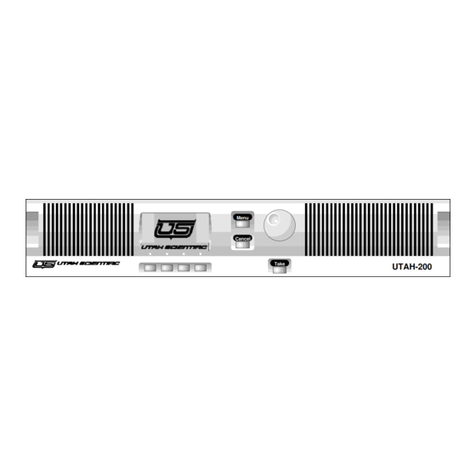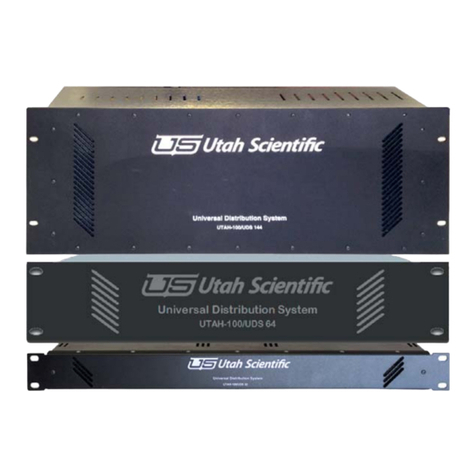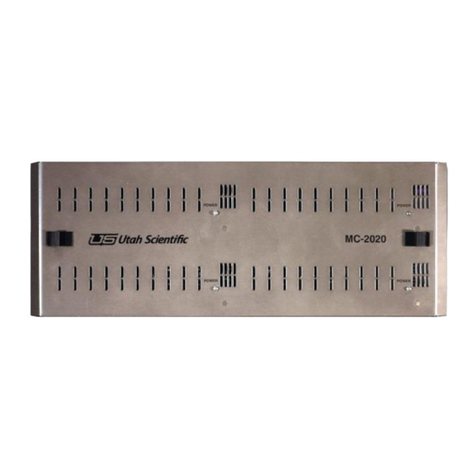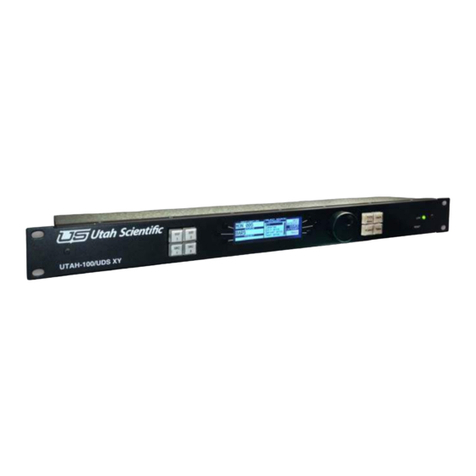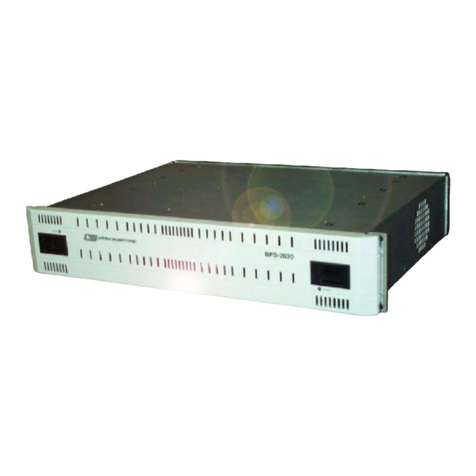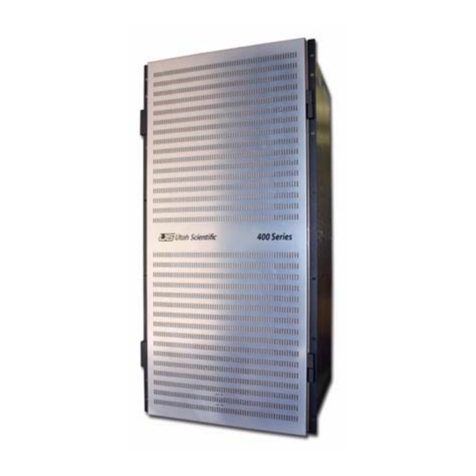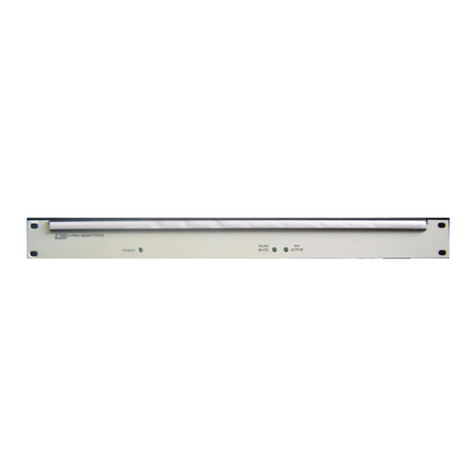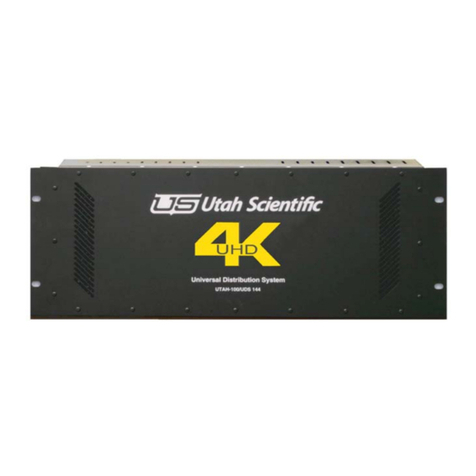
TOC-ii The Utah-400
CHAPTER 3 Control System Interconnection
SC-4 Based Connections ............................................... 3-2
Internal SC-400 Based Connections .............................. 3-3
SC-400 Control Board .................................................... 3-5
The SC- 400 LED Indications ...............................................3-5
SC-400 Jumper Settings .......................................................3-6
SC-400 Dipswitch Setting .....................................................3-6
Operation ........................................................................ 3-7
Input and Output Card Removal and Replacement ..............3-7
Crosspoint Card Removal and Replacement ........................3-8
Operation ........................................................................ 3-9
Fan Service ...........................................................................3-9
Rear Panel Overview ............................................................3-9
SC-400 - Specific Connections .............................................3-10
U-Net Connector ...................................................................3-13
U – NET Cabling ...................................................................3-14
CHAPTER 4 Utah-400 Components
In This Chapter ............................................................... 4-1
Video Input Boards ......................................................... 4-2
SD Video Input ......................................................................4-2
Multi-Rate Input .....................................................................4-2
Analog to Digital ....................................................................4-3
Reclocking Input Expansion Card .........................................4-5
UTAH-400 3G Input Card ......................................................4-6
Video Output Boards ...................................................... 4-8
SD-Output .............................................................................4-8
HD-Output (Multi-Rate output card) ......................................4-9
Digital Video to Analog Converter Output card .....................4-9
Multi-Rate Output Board .......................................................4-11
Control Description ...............................................................4-12
UTAH-400 3G Output Board .................................................4-13
Fiber Interface ................................................................. 4-15
Specification Detail ................................................................4-16
Fiber Output LED Indications ................................................4-17
Crosspoint Board ............................................................ 4-19

